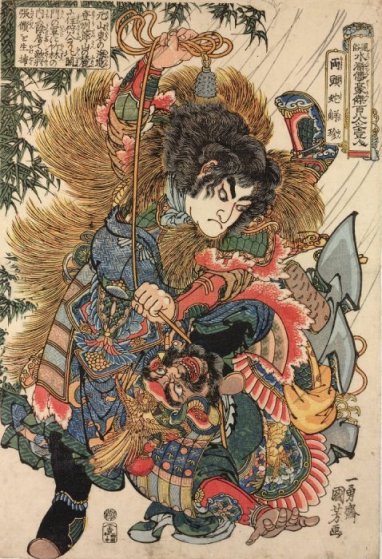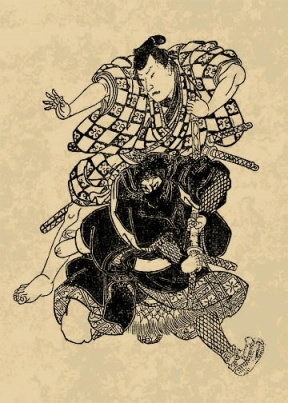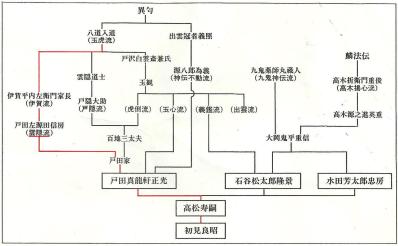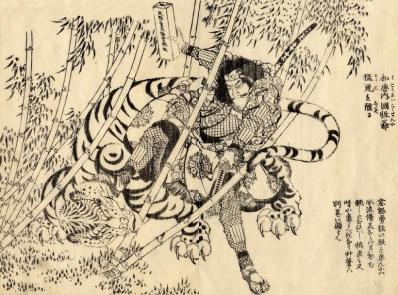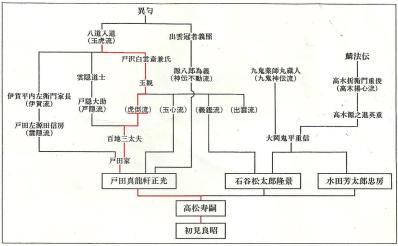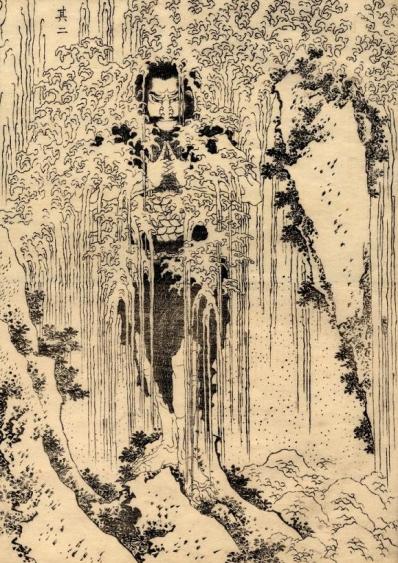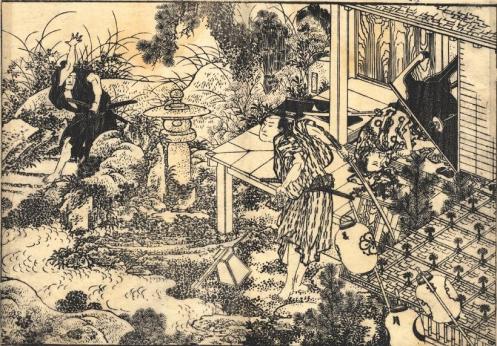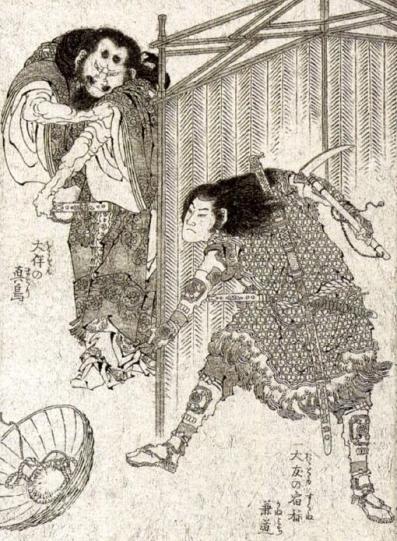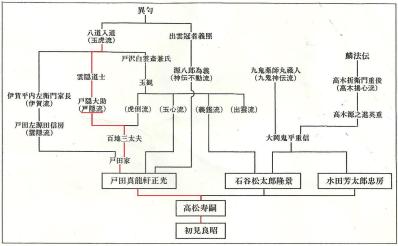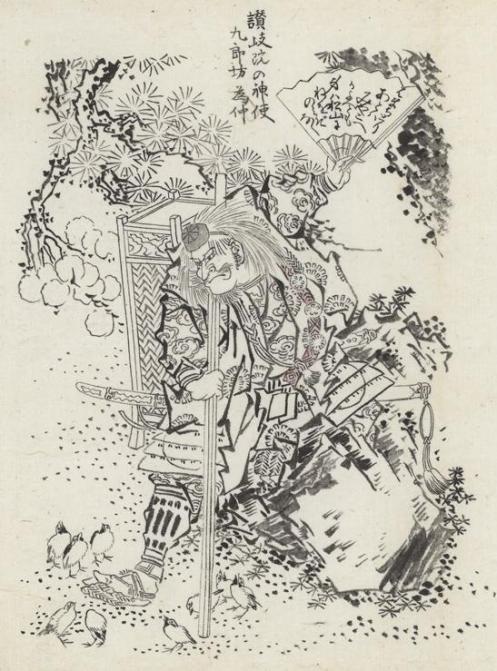From Wanderings in Budo by bujinshugyo
玉心流忍法
骨指術の流れを汲み、佐々木王郎右衛門暉頼が創始した。忍法の流派の特徴は使う武器の種類にある。玉心流は投縄が秀れている。
Gyokushin ryū ninpō
Drawing from the transmission of kosshijutsu, Sasaki Ōrōemon Teruyori is the founder. A speciality of the ninpō schools is their weapon of choice, for Gyokushin ryū this is the nagenawa.
玉心 Gyokushin – jeweled heart, treasured spirit, precious centre or core, to treasure that held in the heart – all interchangeable and viable interpretations. Jeweled heart is the most frequently quoted, but doesn’t really do justice to the name as is a simplistic reading of individual kanji.
暉頼 Teruyori – shining trust – also written as Akiyari and Teruyoshi in various translations.
投縄 Nagenawa – throwing rope or lasso – though I dislike the use of lasso as this translation often brings to mind the American cowboy – possible better functional terms are looped rope, catching rope, thrown rope, snare or restraining rope.
Gyokushin ryū is one of the 4 styles attributed to Gyokkan, who learnt the Gyokko ryū of Hachidō Nyūdō through Tozawa Hyakuunsai Kaneuji. Gyokushin ryū is passed down to Toda Shinryūken Masamitsu and Takamatsu Toshitsugu to arrive at Hatsumi Masaaki.
